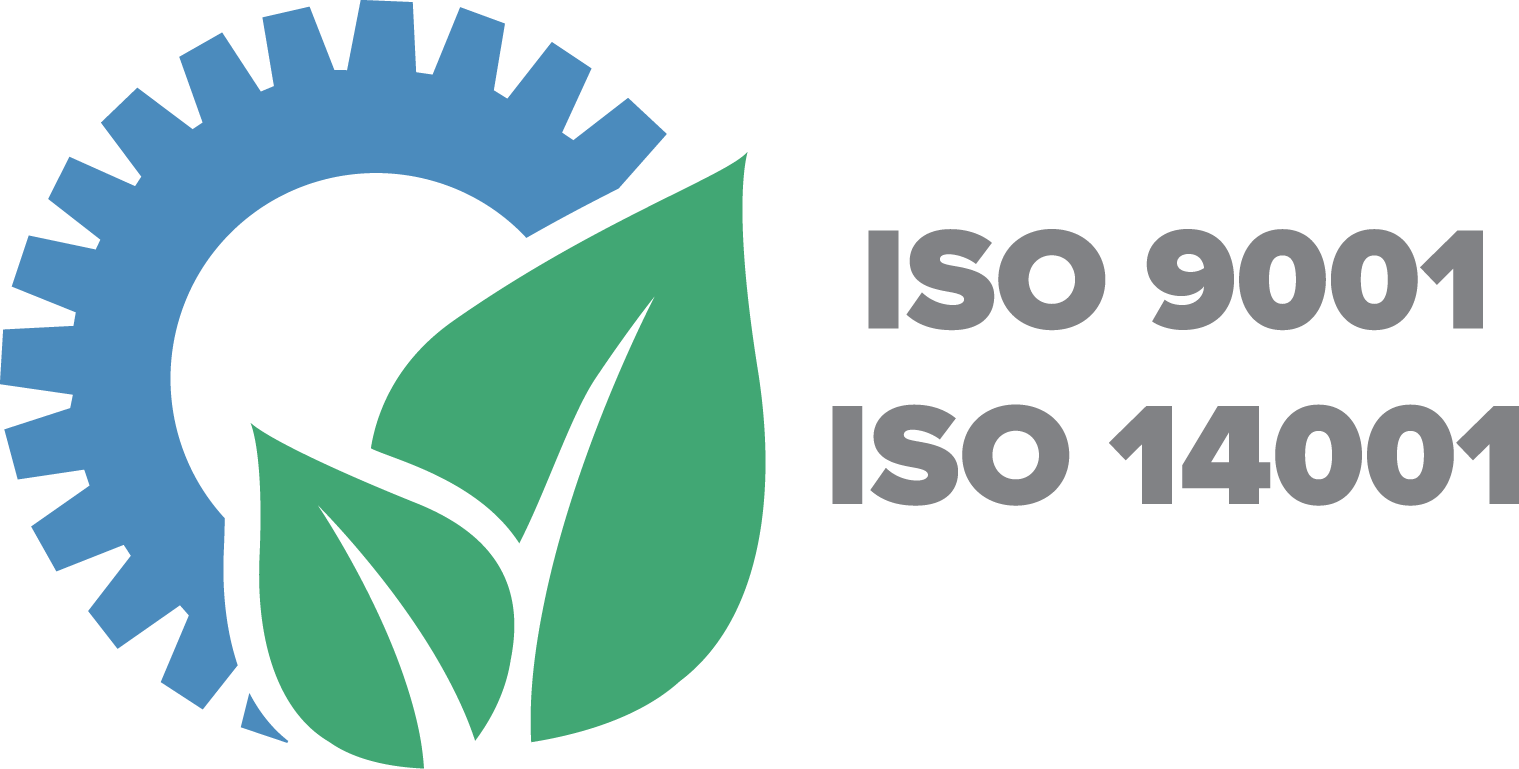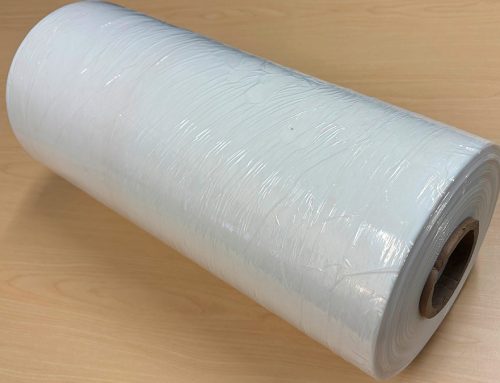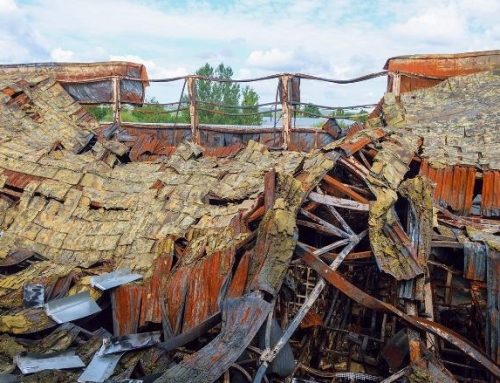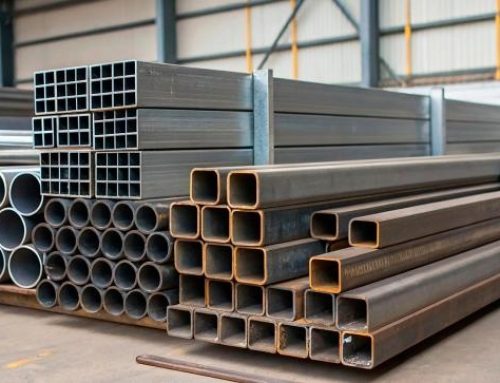Comparing Options for Rusted Rebars in Concrete Patch Repairs

Concrete spalling happens when corrosion on embedded rebar expands so much that it causes the concrete cover to break and fall off. The only responsible response is to repair the gap and seek to slow down the corrosion process. But what are the best materials to use on the exposed rusted rebars? Here is a look at two popular options.
-
3K Bonding Agent
One commonly used product is a 3K material containing epoxy, corrosion inhibitor, and a bonding agent. These components are mixed and applied to clean metal reinforcement before the application of repair mortar. The coating works as a “glue” to bond the rebar or old concrete to the new patch material while also inhibiting corrosion on embedded reinforcement.
-
CorrVerter® MCI®
CorrVerter® MCI® Rust Primer is a single component water-based primer that converts rusted surfaces to a passive layer using a combination of chelating agents and a high solids waterborne latex with extremely low water vapor permeability. It can be applied to rusty rebar and patched with a concrete repair mortar once the primer has dried.
Some of the key differences between the two products are summarized in the following table:
| 3K Bonding Agent | CorrVerter® MCI® |
| Surface Prep | |
|
|
| Application and Disposal | |
|
|
While both repair methods are valid, CorrVerter® MCI® offers obvious advantages in terms of reducing waste and simplifying labor. Which do you prefer? Contact Cortec® to learn more about the CorrVerter® MCI® advantage for spalling repairs!
Keywords: concrete repair, concrete spalling, concrete repair mortar, concrete bonding agent, rust converter, Cortec, From Grey to Green, MCI, CorrVerter, rebar coating
For a PDF version please click here.







